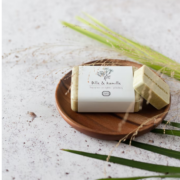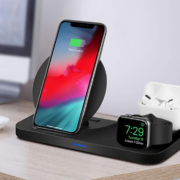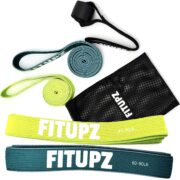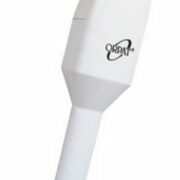
Vacuum cleansers are generally the tool of choice for removing dust bunnies, hair and large debris from hard bottoms. But when it comes to busting super-fine dust and drawing down wedged-on messes and smut, you need a good mop. Mops are very effective in that conditions.
Moment’s top-rated mops have come a long way from the cotton string or butterfly sponger versions of times ago. Though those still live on the market, the newer, more popular styles use disposable or washable microfiber pads, apportion cleaning result directly from an on- board barrel or even — as in the case of robot mops — do the mopping for you. The Good Housekeeping Institute Cleaning Lab recommends having both a wet and dry mop in your cleaning tool magazine. They serve different purposes and you will probably have a need for both.
How well do mops clean the micro-organisms?

Brume mops can sanitize bottoms because they reach temperatures high enough to kill origins. With the exception of brume mops, other types of mops will remove dirt, debris and wash down some origins, but they do not actually kill bacteria or contagions. In order to kill origins and bacteria, you need to use a brume mop and pass it across the bottom sluggishly enough to give the brume time to work. Or use a bottom cleaning result that has origin- killing constituents, following marker directions. Take note though Utmost steam mops are generally safe for distance vinyl, ceramic and demitasse pipe bottoms, still, they may damage wood or laminate bottoms — so be sure to check with your flooring brand to confirm if brume mops can be used. Also, be sure to check that your cleaning result is compatible with your bottom type.
Time at which mop should be replaced?
While there’s no exact time frame for when to replace a mop, a good rule of thumb is to check its condition regularly and — depending on how frequently you use it — replace the mop head or pads at least formerly or doubly yearly. There’s generally no need to replace the pole unless it’s damaged. No matter how long you ’ve had your mop, some signs it’s time to replace your mop are if the mop head material is wearing out, there are any broken pieces on the mop, if the mop is exorbitantly dirty or if the mop can no longer be gutted or is no longer drawing your bottoms well.
Testing of mops
For times, testing just about every type of mop and vacuum on the market to keep floors sparkling clean. When test mops in the GH Cleaning Lab, evaluations begin the minute we open the box or package. We assess how easy the mops are to assemble, giving fresh points to those that do not need any assembly at all. Estimating how easy the pads, mop heads and bottles are to attach, remove, replace and, where applicable, refill. The length of the handle is examined to determine if it’ll work inversely well for altitudinous and short druggies and whether or not the mop will be a challenge to store.
Also put them to work. Dry mops are estimated for how important test dust and hair they pick up from our lab’s wood, vinyl, laminate, ceramic pipe and natural gravestone test bottom panels. We indeed note whether the dirt clings to the mop or falls from it as it’s carried around. Wet mops are tested on the same flooring shells for how well they remove clangs, slithery smut or dried tumbles like chocolate saccharinity or pop. For water-sensitive shells, like finished hardwood bottoms that should not get exorbitantly wet, we assess how important liquid the mop puts down on the bottom and how long the bottom takes to dry after drawing. Twisting mechanisms are also tested for how important water they remove. Eventually, any washable pads or mop heads are cleaned multiple times and reattached to make sure they continue to perform after laundering. Grounded on expansive testing, these are the stylish wet and dry mops you can buy for drawing finished wood, pipe, laminate and vinyl hard bottoms.





































